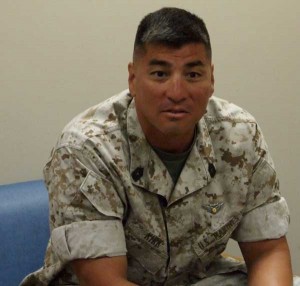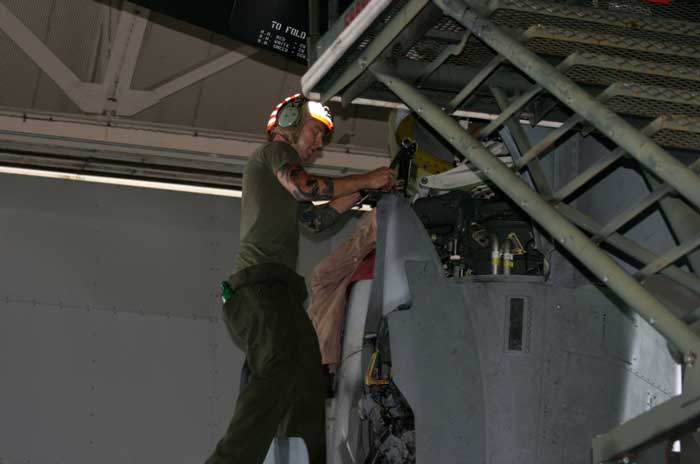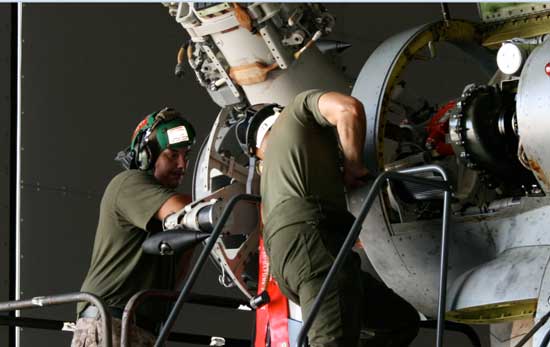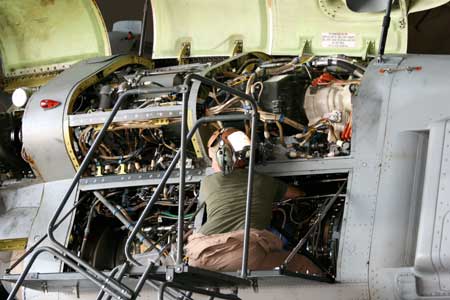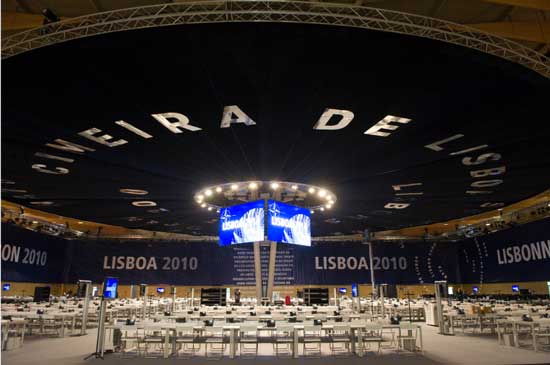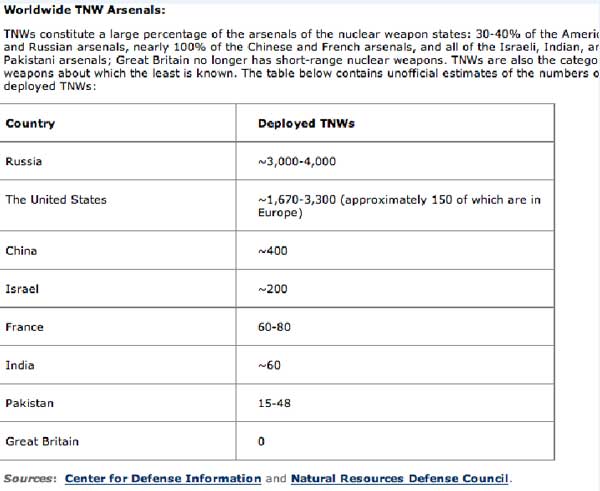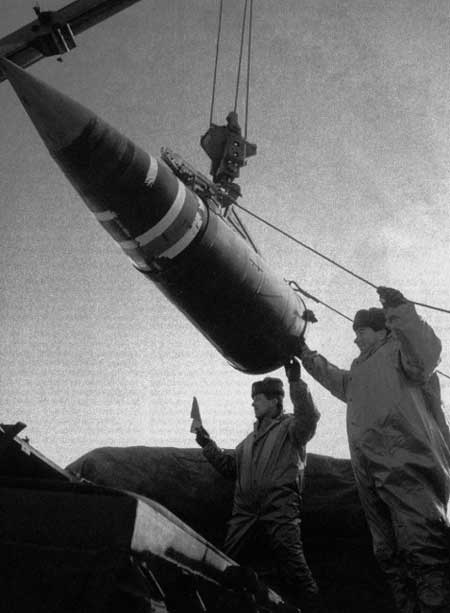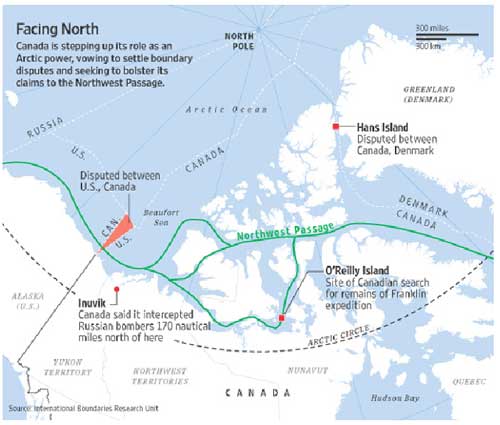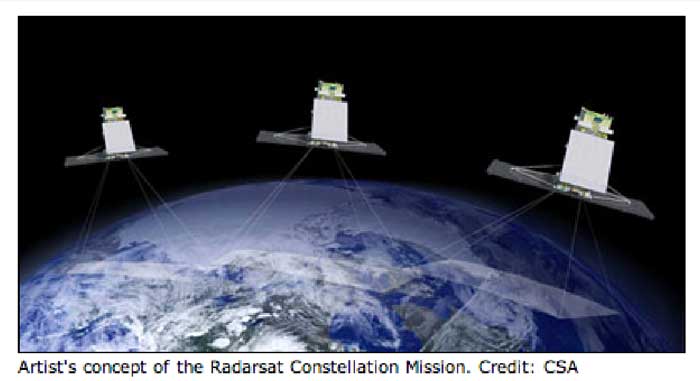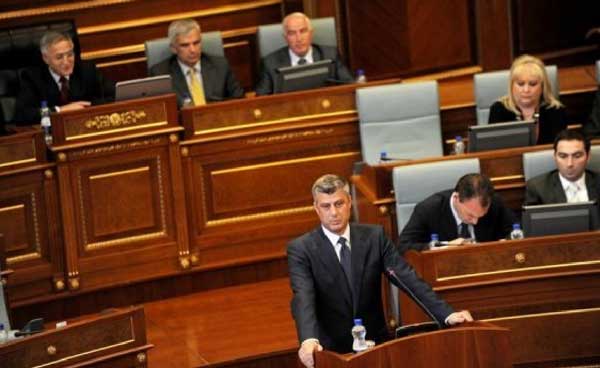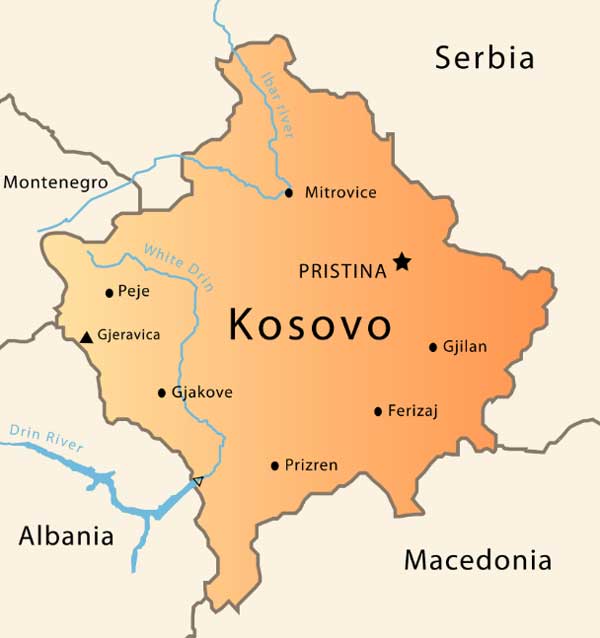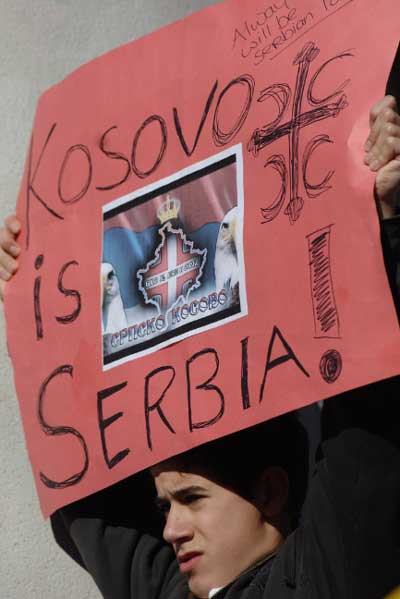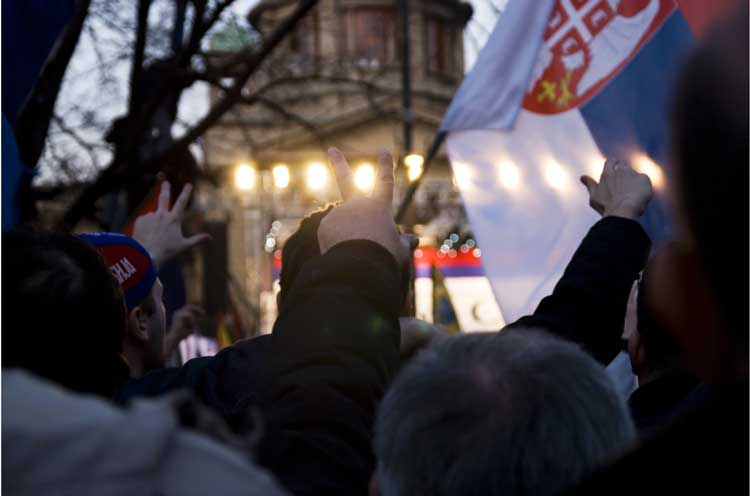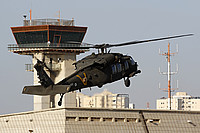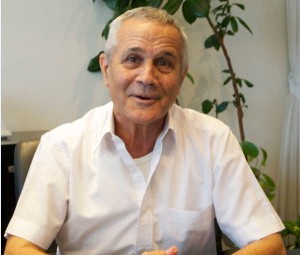A Russian Perspective
By Dr. Richard Weitz and Dmitri Titoff, October 21, 2010
12/21/2010 – Translation provided by Dr. Richard Weitz
Q: What accounts for the fact that, since the overthrow of the Taliban regime in Afghanistan, the flow of narcotics from that country has increased significantly?
Victor P. Ivanov: You know, the Taliban, wishing to obtain international recognition, and receiving warnings from the United Nations – at that time the core anti-drug office was headed by Pino Arlacchi and he personally told me the story – went so far as to eliminate drug production. They started active work in 1998, 1999 and 2000. In 2000, they introduced decisive measures. They proclaimed a fatwa, which introduced the death penalty. As a result, in 2001, narcotics production in the territory controlled by the Taliban had been completely eliminated. Narcotics production has continued in northern Afghanistan, which was under the control of the Northern Alliance and outside Taliban control. But with the beginning of the [NATO] operation [in Afghanistan] narcotics production increased again.
You ask why narcotics production has grown? Our analysis shows that the fundamental factor is that the introduction of the [foreign] forces provoked resistance. In the beginning, the Taliban resisted and armed conflicts emerged. Territory on which armed conflict occurs cannot be used for the production of peaceful crops. The cultivation of useful crops requires a long production cycle – it is necessary to grow, harvest, dry, thresh, market, transport and sell [them]. One can lose crops at each of these stages – or they can be taken away or be burned. Opium poppy does not entail such risks because it requires little maintenance. Second, merchants come to buy it on the spot. The risks of losing the crop are considerably smaller. Accordingly, a decrease in useful agricultural production occurred with an increase in the production of opium poppies. I myself was in Kabul – no Afghan tomatoes or cucumbers are there. And this in a country where there is a favorable climate for beneficial agricultural crops.
Following the introduction of the troops, fighting began. After a while, the Taliban were scattered, but with the long-term presence of military forces in this country, perceptions formed among the local population that these troops were an occupation force. That was not said by me – it was said Zbigniew Brzezinski because a protraсted military campaign in another’s country creates a feeling of occupation. And this, in turn, starts to consolidate the various political movements, parties, and forces that are already beginning to defend their territorial integrity with weapons.
Q: But they also need money to buy weapons, and for this they can produce and sell narcotics?
Victor P. Ivanov: Not exactly. It was simply that a situation occurred in which a growing number of political forces entered the arena and military confrontations with the government and foreign troops increased…. If previously it was only the Taliban, now a large number of different movements were engaged in these conflicts, and a larger territory became a field of battle. This deprives farmers of the opportunity to grow useful crops.
Q: In the final analysis, did not the anarchy and chaos lead to the horrific narcotics production in Afghanistan?
Victor P. Ivanov: Of course. When the mass of armed groups are running around the forests, through mountains, through fields, and they are shooting at each other, under such conditions growing wheat is of course impossible. That is, it creates objective conditions that block the possibility of peaceful agricultural production. A poppy, of course, thrives.
Q: How do you assess the cooperation between Russia and NATO in the war on narcotics? In your opinion, in which cases can this collaboration be considered effective and how can it be improved?
Victor P. Ivanov: Our cooperation in training personnel can be considered more or less productive. Within the framework of the Russia-NATO Council, we use a training center in Domodedovo (for training the Afghan Counter-narcotics Police). This is a productive direction and I think we should continue this work, and perhaps even expand the scale of the training of the Counter-narcotics police. The more so because we are talking about organizing a process for training the army and police. The more we educate people, the better.
If we talk about cooperation in other areas, for example, regarding the destruction of narcotics laboratories—and this is what has been declared a priority—in March-April, I was in Brussels, and we talked about it. NATO has said that it will not engage in the destruction of narcotics plantations because it is the prerogative of the Afghan government and it is necessary to concentrate on the laboratories. Unfortunately, we have nothing to boast about. The number of laboratories breeds like mushrooms after rain. In addition, working with the US, with Gil Kerlikowske, like two drug lords, we energize the work of our police services. We work closely with the DEA [U.S. Drug Enforcement Agency]. We found several drug laboratories. (Editor’s note: On the 28th of October 2010 the first ever Russian-American operation on destruction of narcotics labs was conducted with the help from Afghan forces.)
Q: Why do you think this is happening? In addition to the eradication of narcotics crops, which counter-nacotics methods does Russia want NATO and the Afghan government to try to undertake?
Victor P. Ivanov: First, we must realize that the farmers themselves have no economic motive for the cultivation of opium or wheat because they, in essence, perform slave labor, receiving a pittance for it. I already cited the example that a farmer’s family receives $70 a year, so there can be no question of corruption or an economic motive. We can talk about those who are the owners of these narcotics plantations. They are the ones who tell the farmers what to grow. They of course have an economic motive to produce opium because they receive huge windfalls for it. They do not live in Afghanistan; they live abroad – in the United Arab Emirates, in Europe, or in America. They receive huge profits by then laundering them through banks. In our view, it is necessary to expose all these landlords and, as a form of compensation, transfer their land to the Government of Afghanistan so that it took can employ farmers in useful work.
Q: Are the owners of narcotics crops associated in any way with the Taliban?
Victor P. Ivanov: Let’s take Operation Moshtarak, which occurred in Helmand – and in fact Helmand produces 70 percent of all heroin in the world. The land there has long been divided because the richest, most successful farmers have always worked in this province, and there exist very good climatic conditions, hydraulic structures, and irrigation systems. NATO conducted an operation in the province to drive out the Taliban. As Mr. [Anders Fogh] Rasmussen said in April of this year, the operation was very successful. But for some reason narcotics production has remained there as before.
If we talk about the Taliban, that is very interesting material in the [Senate] Foreign Relations Committee. In August of last year, a report entitled, “Drugs, the Rebels and Terrorism”, was presented in which the U.S. Congress estimated the Taliban’s involvement in drug production amounted to 150 million dollars. In this case, narcotics production in Afghanistan itself gives them 65 billion dollars. That is, the Taliban engages in 0.2 percent of the entire narcotics production. This is the data of the U.S. Congress. When NATO says that they will combat only the narcotics production connected with the Taliban, then we must assume that 150,000 soldiers will destroy 0.2 percent of the narcotics production in Afghanistan, while the Government of Afghanistan must destroy 99.8 percent of the narcotics. It seems to me that this is a disproportionate use of force.
Q: How effective do you think are the actions of the CSTO [Collective Security Treaty Organization] to combat drug trafficking?
Victor P. Ivanov: You see, both NATO and the CSTO – which is a political instrument with whose help is realized the will of the participating states, and nothing more. The CSTO does not have its own troops, just like NATO, as far as I know, does not have its own troops. It involves the armed forces of its participating states. We took the decision in the CSTO to conduct “Operation Channel.” It is a preventive operation that allows a number of agencies on the territory of the operation to update their activities by enhancing their exchange of information. It involves the customs and border agencies and the police of a number of countries. We are beginning a more rapid exchange of information by having created a so-called national headquarters for conducting the operation. We organize communication channels and a more intensive exchange of data. This allows us to track drug trafficking channels and rapidly apply our capabilities to eliminate them.
Q: Can you say that it is effective?
Victor P. Ivanov: Of course, this is one of the operations that can be carried out. This operation is for the most part preventive because it is an exchange of information, when one state informs another about the availability of data about narcotics flows and so on. This creates a further opportunity for the accumulation of materials and more thorough operations of the police services of the various states. Of course, this operation alone will not change anything – it is quite clear, obvious, and understandable. But this operation attracts attention and increases the activity of the special services.
Q: Americans also participate as observers in this operation…
Victor P. Ivanov: Yes, and China, Afghanistan, Pakistan, and the Baltic States participate. All this contributes to the common cause.
Q: How do you assess the cooperation between Russia and Central Asian countries with China in combating narcotics? In your opinion, what is the potential of the SCO [Shanghai Cooperation Organization] regarding the control of narcotics trafficking in Central Asia?
Victor P. Ivanov: With them [the Central Asian countries] we work closely and know each other well. We deal not only with the leaders of agencies, but also with the operational staff at the working level. This allows us to conduct controlled deliveries – this is already specific operational activities – to make test purchases and, in short, to realize the entire arsenal of search operations.
We have reached an agreement with China—with Meng Jianzhu, the Minister of Public Security—to meet annually at the highest level. In addition, at the deputy level we hold meetings on cross-border cooperation because, many synthetic drugs and psychoactive substances go from China to Russia. Here our cooperation is quite specific. In addition, we have intensified our work on information sharing and collaboration in interdicting narcotics trafficking from Afghanistan into the Xinjiang Uighur Autonomous Region. As you know, separatist movements exist there. There were serious disturbances a year age, during which many people perished. This area borders Kyrgyzstan, and Kyrgyzstan is part of the CSTO; therefore, the exchange of information is becoming more targeted.
Q: And the SCO?
Victor P. Ivanov: Last year, when Russia was chairing the SCO, we first established a working mechanism for cooperation in the area of narcotics. It consists of three groups, a three-tier mechanism. [The first level is] the so-called leadership meeting, when we meet with the leaders of these countries. Next, we meet at the level of senior officials, at the departmental level. They discuss the issues to present to the leaders. Next, we meet at the expert level, which allows us to formulate the tasks and problems to transfer to a higher level and to plan specific operations. Such a mechanism was created, and within this framework, we exchange information. In addition, this organization has political potential, which allows us to formulate common security levels regarding drug trafficking, narcotics production, and so on. In the framework of the SCO, we can take decisions regarding political and legal assessments of what is happening in Afghanistan.
Q: In your opinion, what steps can the international community take to strengthen counter-narcotics activities in Tajikistan, Kyrgyzstan, and Kazakhstan?
Victor P. Ivanov: Above all, rendering support to local law enforcement agencies through implementing donor assistance programs, retooling, training and retraining of personnel, and charting out the so-called “supply control model” – in short, the training of forms and procedures.
Q: Do you think that the “6+3” proposal of Uzbekistan for establishing peace in Afghanistan will promote counter-narcotics cooperation? Last week, a delegation from Uzbekistan was in Washington, and they talked about it.
Victor P. Ivanov: You know, a proposal for establishing peace is correct. The question is, how will it be implemented? It is easy to say that we want peace in Afghanistan, but if we do nothing about it, we will not establish peace there. In my opinion, and in the view of the CSTO, there cannot be a military solution to the problems in Afghanistan. Of course, we need a peace process.
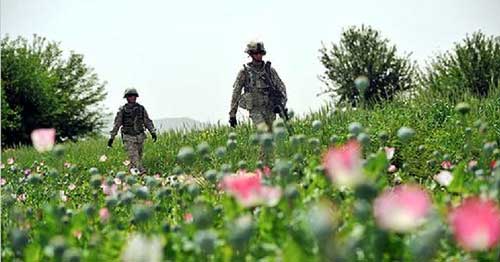 Credit: http://www.ips-dc.org
Credit: http://www.ips-dc.org
Q: In your opinion, how effectively can the Caspian states combat narcotics smuggling from Afghanistan?
Victor P. Ivanov: On October 13th, I conducted an event at our initiative. There was a meeting of the Caspian Five, the representatives of the competent authorities of the Caspian littoral states. I think that it can be very effective because the Caspian Sea is used to transport drugs to Azerbaijan, Russia and from Iran in various directions. All the more, the Caspian trade relations and merchant marine are actively developing with the usage of “river-sea” type ships, which go by the rivers deep into the Russian Federation. In addition, it is recommended by Article 17 of the 1988 UN Convention on combating drug trafficking at sea. There is international experience. For example, the European Union created the European Monitoring Center for Drugs in Lisbon. In France, there is a marine narcotics monitoring center for the Mediterranean Sea. This practice exists because there are specific conditions: the presence of the sea, major ports, and cargo-intensive commerce. This situation requires the cooperation of the riparian countries.
Q: What is the approximate volume of Afghan narcotics that traverse the Caspian Sea?
Victor P. Ivanov: We believe that approximately 20 percent of Afghan narcotics pass through the territory of the countries neighboring the Caspian basin.
Q: You noted that the suppression of precursors into Afghanistan should reduce the amount of heroin produced in that country. Have you observed any progress in this direction? And if not, why not?
Victor P. Ivanov: You know, judging by the volume of heroin production, it has not diminished. The precursors continue to arrive. In addition, I would not idealize this line of work because there are many ways to produce precursors by using artificial substances that are in legal circulation, including on Afghan territory. Of course, there are cross-border deliveries, but our American partners and we know that primitive methods of production are being used. But work in this direction is necessary. Precursors come from Pakistan, India, China, Germany, Bulgaria, and from Romania. In this regard, of course, there is a serious lobbying by chemical manufacturers – these are powerful institutions that block opportunities for chemical labeling precursors, and so on. They do not want the security services to get deep into the business of the manufacturers.
Q: What will be included in the new UN strategy on combating narcotics declared by Yuri Fedotov, and how will it differ from the former UN activities in this area?
Victor P. Ivanov: I do not yet know what it is. I think that Yuri Fedotov will talk about the main features of the new strategy. We have formulated our own proposals in the “Rainbow-2” plan, which is distinct from “Rainbow” plan. One of his points is to increase the number of provinces that will be the “poppy-free.” I have already cited the example of Badakhshan – the number of laboratories that are located there – and this province is “free” of opium poppies. This is not significant. One province, Helmand, is enough to fill the entire world with poppy, but the figure would be that all provinces except one are free of opium poppies. This criterion is inappropriate; therefore I think that if it will consider and apply normal criteria, the strategy will be good. Any strategy should establish the final criteria and results of an activity. I would include laboratories. To date, in the monitoring conducted by the UN, data on the number of laboratories is absent. The number of families involved in narcotics production is included, as are the acres of the narcotics plantations, but not the number of laboratories. Laboratories are a fundamental point. It is precisely there that the narcotics processing occurs, as well as the processing of raw materials and the direct smuggling of heroin and hashish. And it is already a segment of organized crime. The farmers in the fields are not organized crime, but slaves. But laboratories – this is organized crime. Then there is corruption, and the supply of precursors, and technologically trained specialists, and the connection with drug traffickers. The new strategy must take this into account.
Q: Are there any narcotics laboratories in Central Asia and Russia?
Victor P. Ivanov: You know, there is practically no opium production in Central Asia. There may be laboratories there, but I do not think that there are many. In Afghanistan today so much heroin is produced that it is unprofitable to manufacture it on the territory of Central Asia. Why make it there if a huge amount comes from Afghanistan. One merely needs to take and transport it to the center.
Q: Do you think that the isolation of Iran by Western nations significantly complicates the control over the export of Afghan narcotics? What is the potential for counter-narcotics cooperation between the United States and Iran?
Victor P. Ivanov: I think that in any case to drive the country into a corner is counterproductive because a cornered country begins to reflexively respond. It is necessary to employ the full diplomatic arsenal to work with Iran. With regard to counter-narcotics cooperation with Iran, the U.S. told me they were implementing a Trilateral Initiative with Iran. I think that on November 25 the trilateral initiative will hold a counter-narcotics summit in Islamabad. Yuri Fedotov will be there. The Pakistanis told me about it the week before last in Islamabad.
Q: How do you assess the relationship of Pakistan to the narcotics problem in Afghanistan?
Victor P. Ivanov: Of course, they are very concerned about narcotics production in Afghanistan. First, there are an enormous number of refugees in Pakistan – as many as two million. It’s simply a colossal humanitarian catastrophe. There are refugees today from Afghanistan than from Iraq. On the one hand, these are people who need help. On the other hand, this is a huge army from which traffickers can be recruited. And the Pakistanis are perfectly aware of this. In addition, Pakistan after the flood is experiencing enormous difficulties in connection with its destroyed infrastructure, and an army of refugees of course bring big problems.
Q: In your opinion, what will happen with the narcotics situation in Afghanistan after the withdrawal of NATO troops?
Ivanov: You see, the issue of the withdrawal of NATO troops –this is a whole chain of interrelated activities, so I do not know according to which scenario all this will develop. I do not see when the withdrawal of NATO forces will be completed.
Q: You do not have a plan “B”? What if the narcotics situation does not improve?
Victor P. Ivanov: This is a rhetorical question. There is a tender announced by the Pentagon to train the Afghan army. It costs 15 billion dollars and covers the period from 2011 through 2015. In 2015, the Afghan army will receive more training. Therefore, it is worthless forecasting the next five years.



